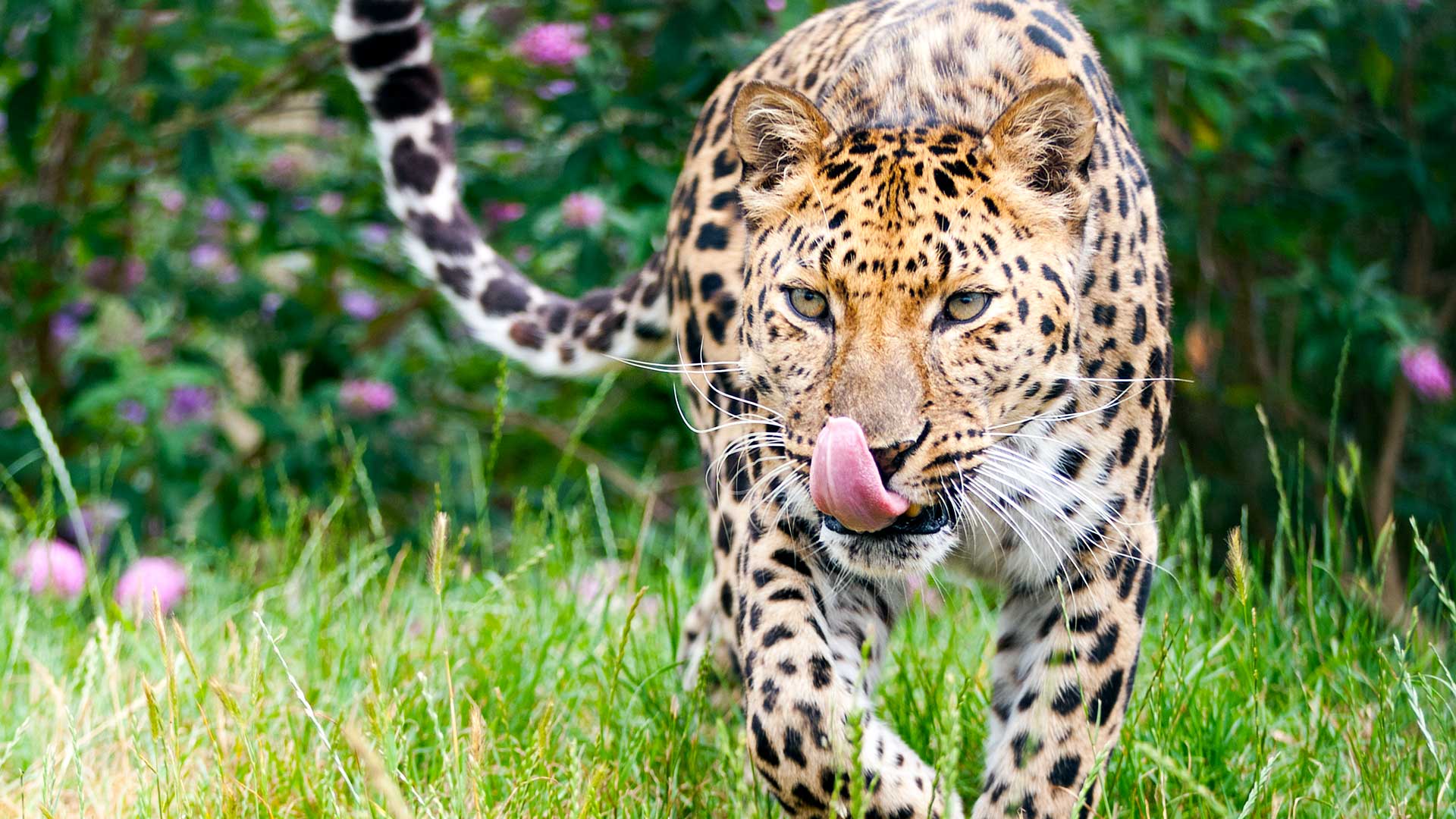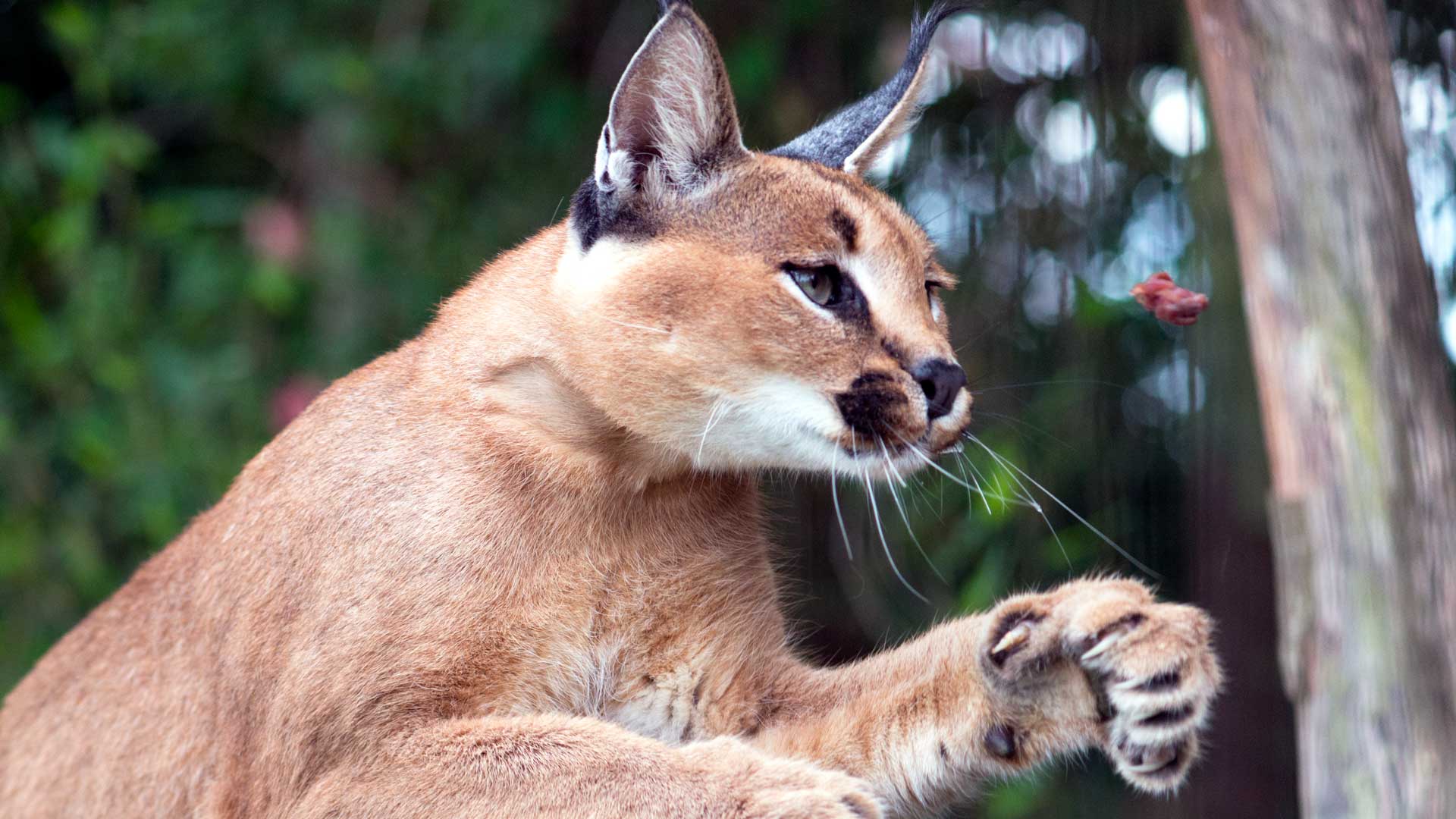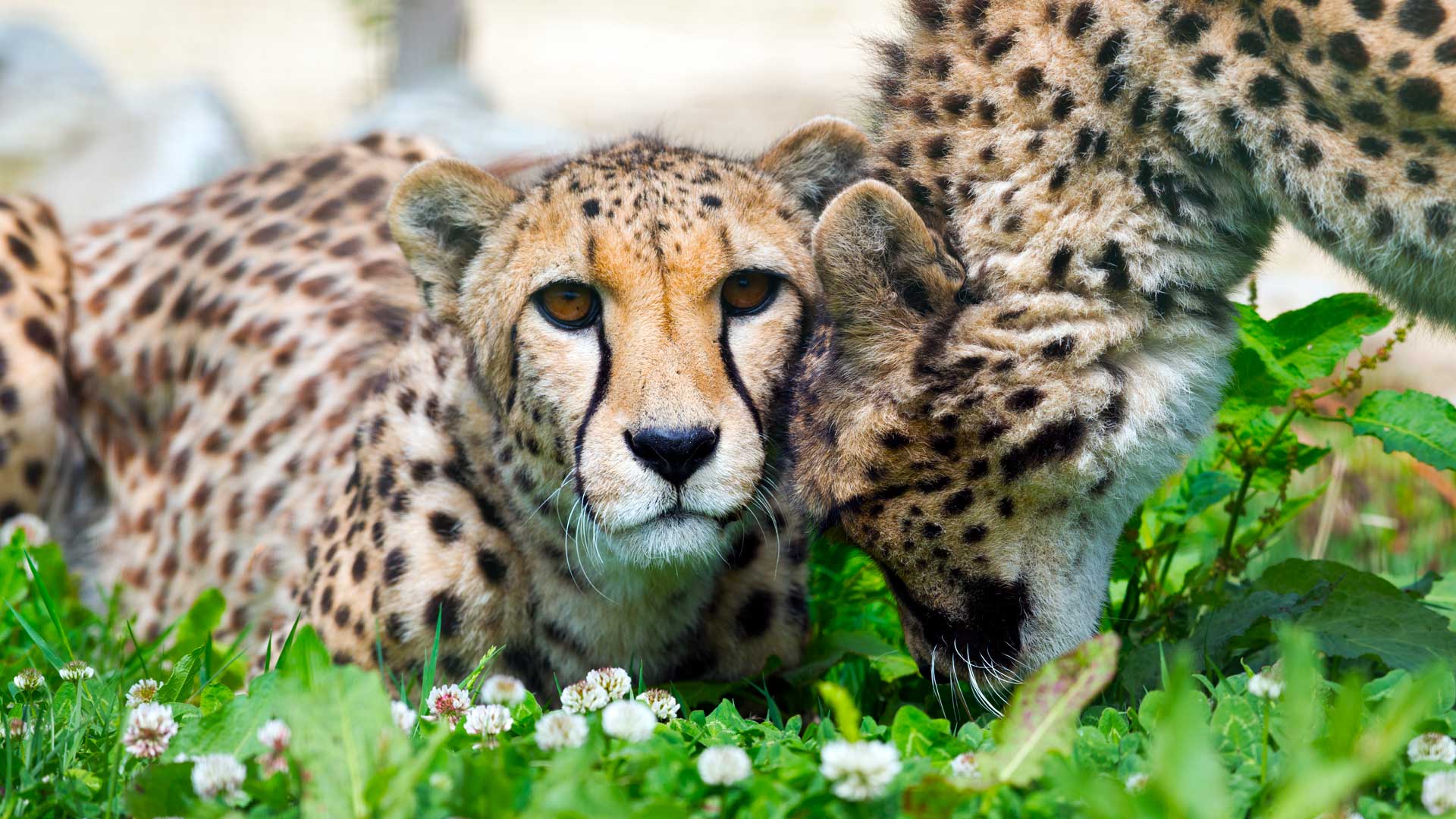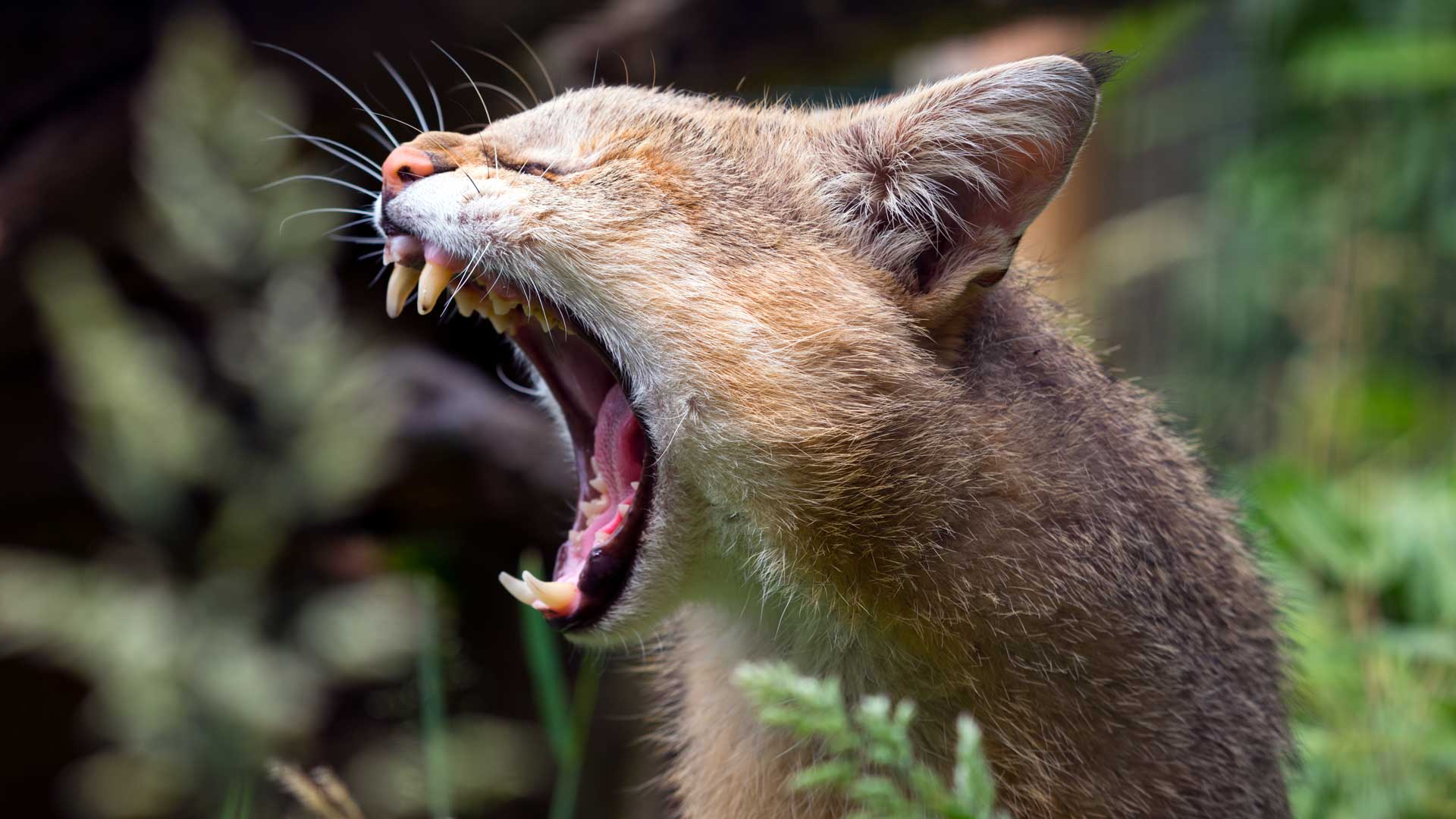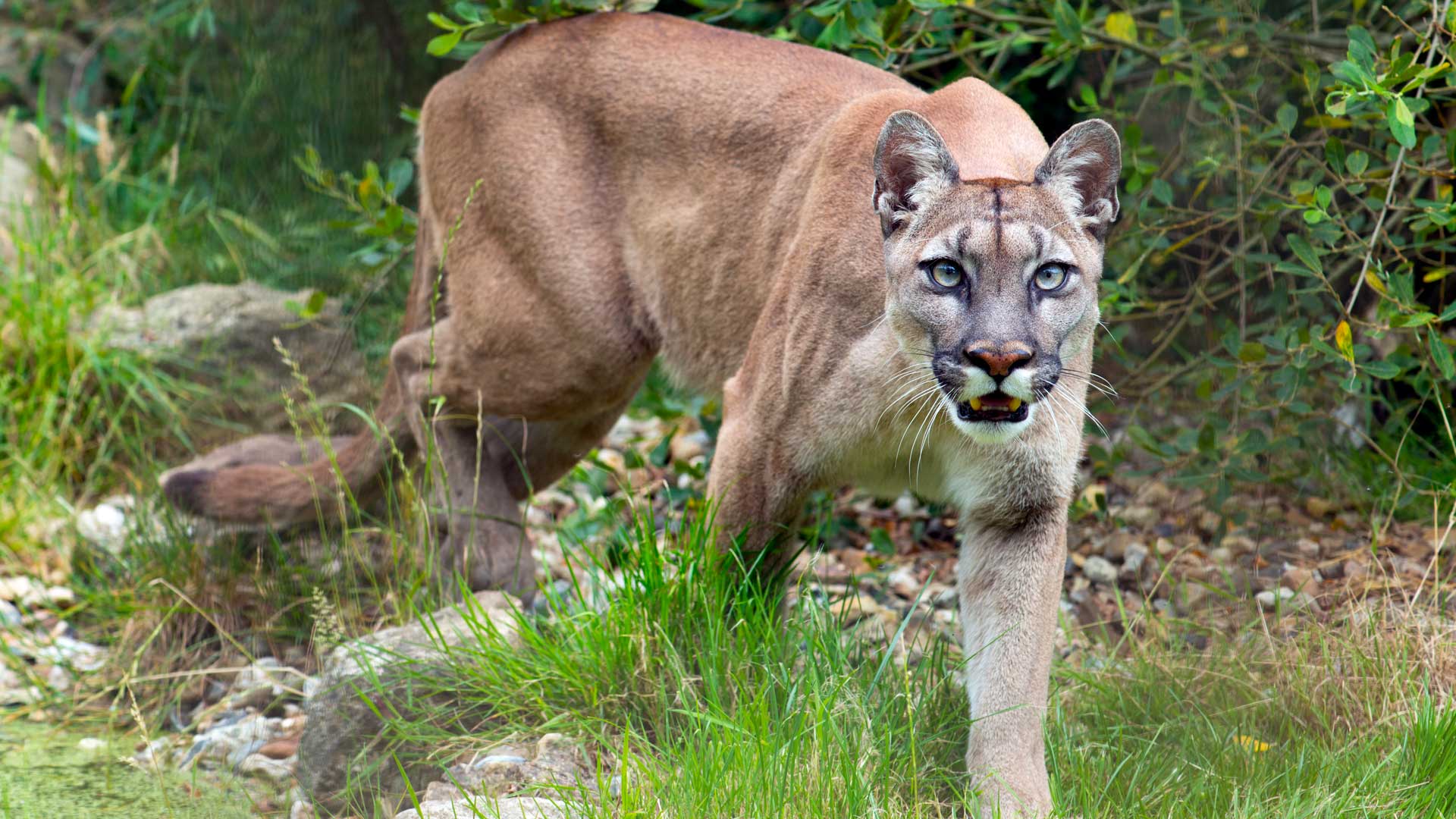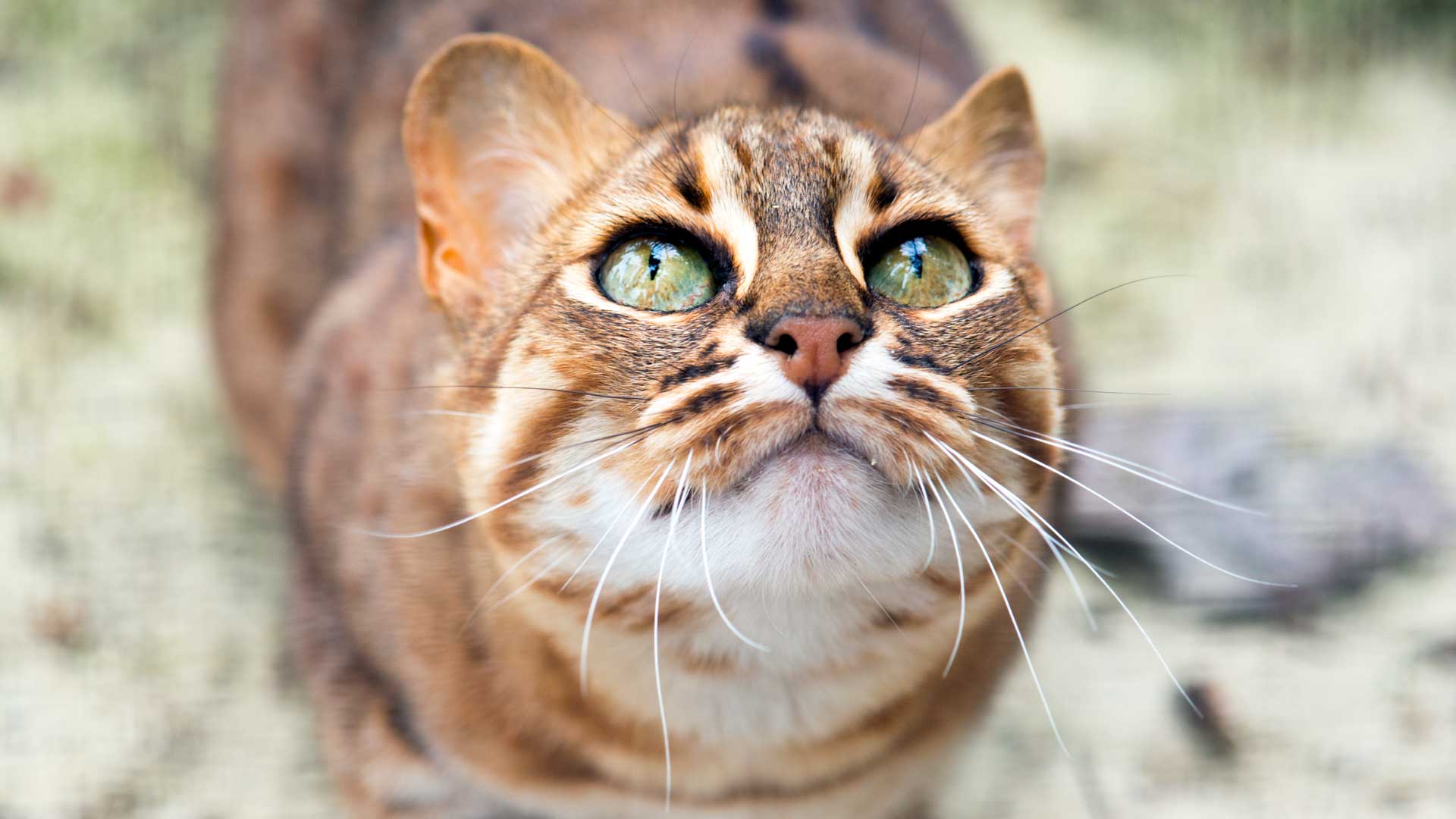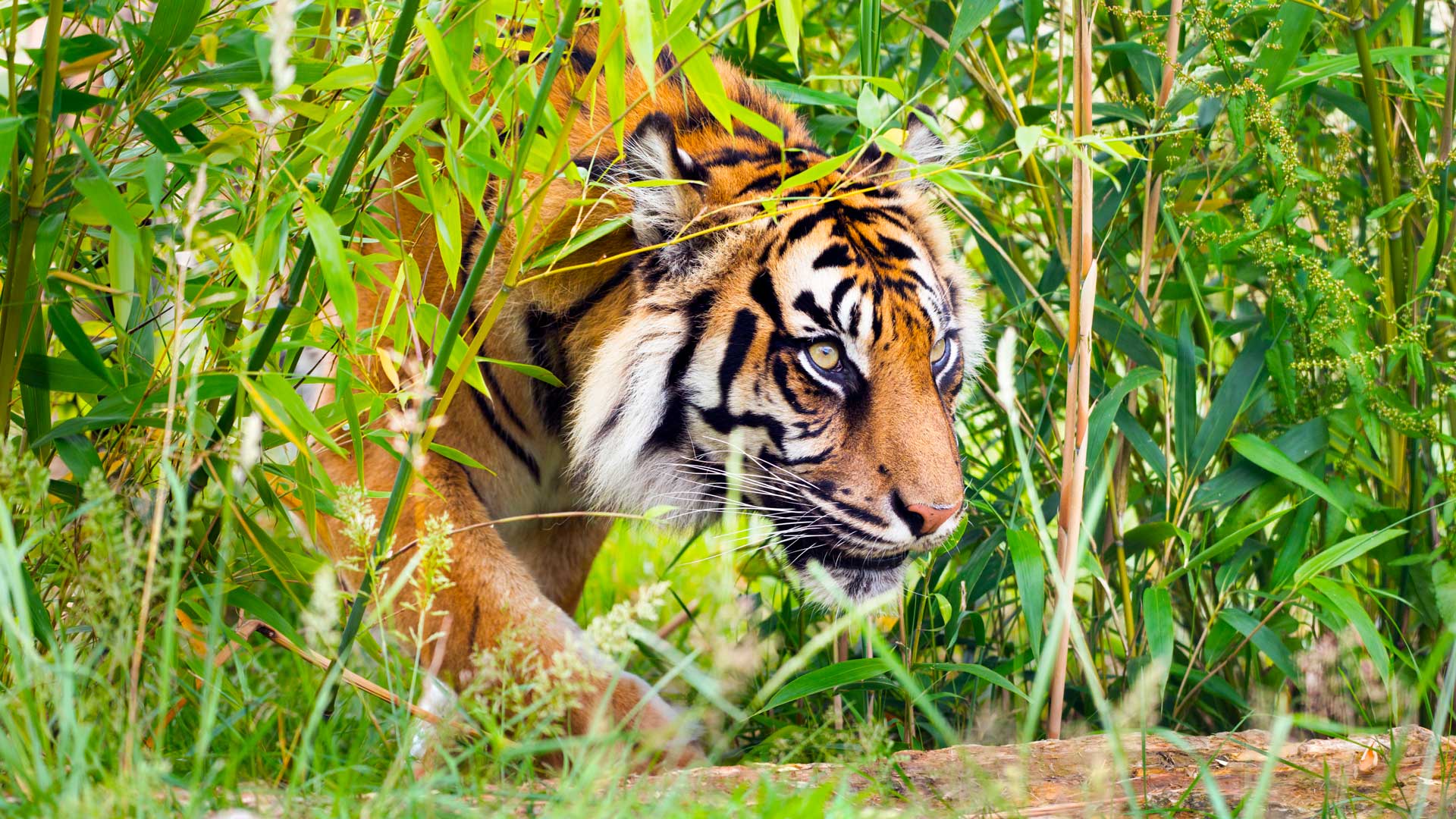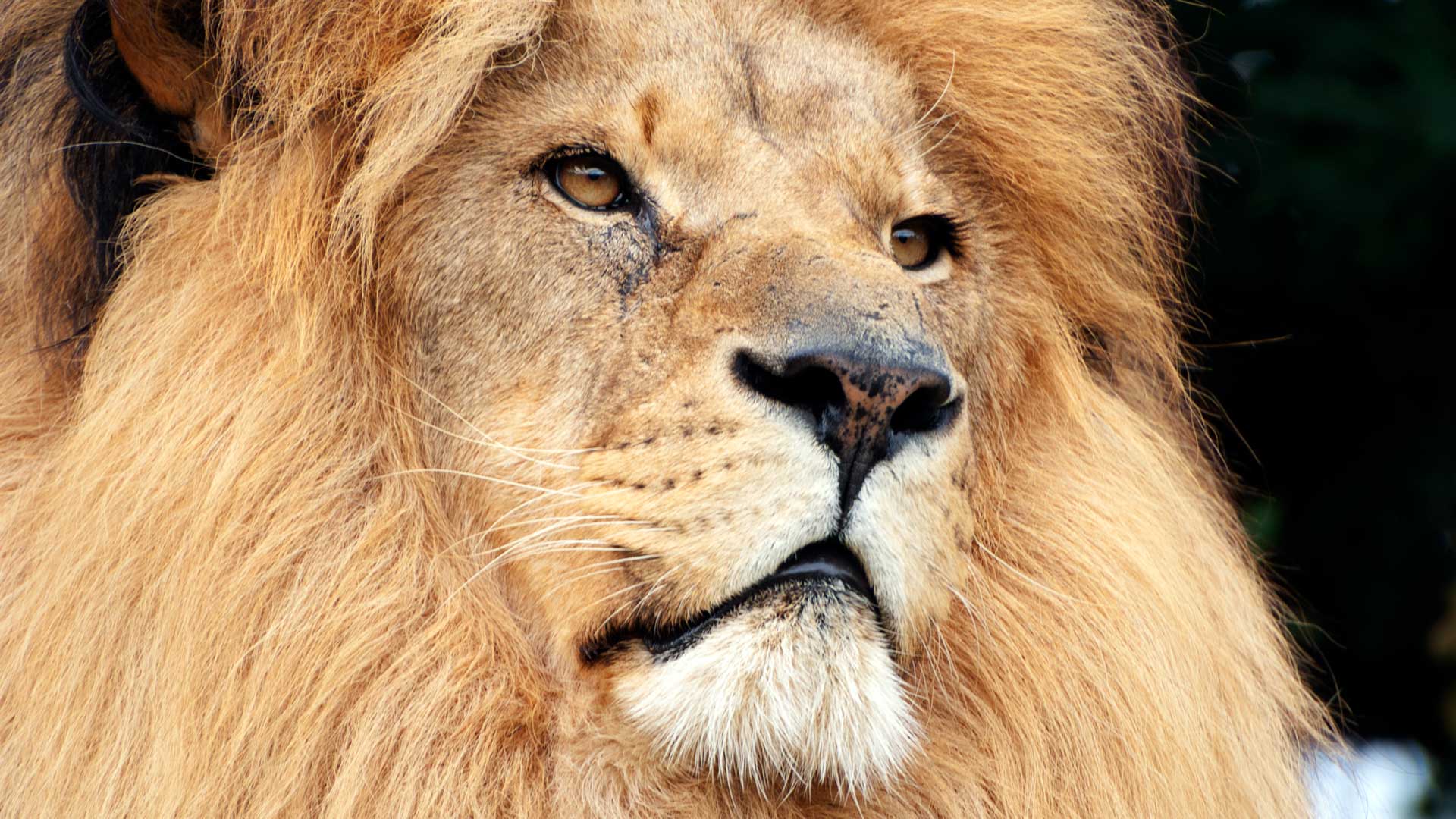Wildlife images
Jungle cat displaying its teeth in a very large yawn
Despite generally being active during the day, jungle cats are known to 'cat nap' in the afternoon sun. Jungle cats are largely solitary, not normally interacting with other jungle cats. They are fortunate in that they are quite general in their habitat requirements, requiring only adequate water and dense vegetation for hunting. They are the largest surviving member of the Felis cat family. They are a near-threatened species.
Wildlife posters
Mountain lion hunting; aka puma, cougar, panther
Mountain lions hunt a diverse selection of prey. Mountain lions are not as powerful as some big cats and therefore rely on ambushing their prey although they can sprint at speeds up to 80km/h for limited distances if needed. Despite having no natural enemies, they are not always an apex predator, often giving way to larger more powerful predators such as grizzly bears and grey wolves or jaguars.
Big cats and small cats
Rusty-spotted cat exemplifying the perfect Puss ‘n Boots gaze
Captivating adults and children alike, just about everyone who loves felines recognized those adoring eyes. Regardless of whether a domestic cat is gazing up at you requesting a cuddle or a big cat is gazing at its keeper, hoping for a meaty treat. All of us can be drawn in by those deep loving eyes ... and most importantly of all … cats big and small know it. Cats blatantly utilize their visual body skills to achieve their goals.
Pictures of tigers
Sumatran tiger covertly creeping through a tunnel of bamboo
Sumatran tigers prefer natural forest environments, preferably with higher elevation and dense lower foliage. They generally prowl through the undergrowth, emerging only when needed. Tigers generally avoid human managed plantations or forest as they need the extensive sub canopy for cover, thus their hunting environment has been much depleted by the human need for palm oil and acacia wood.
